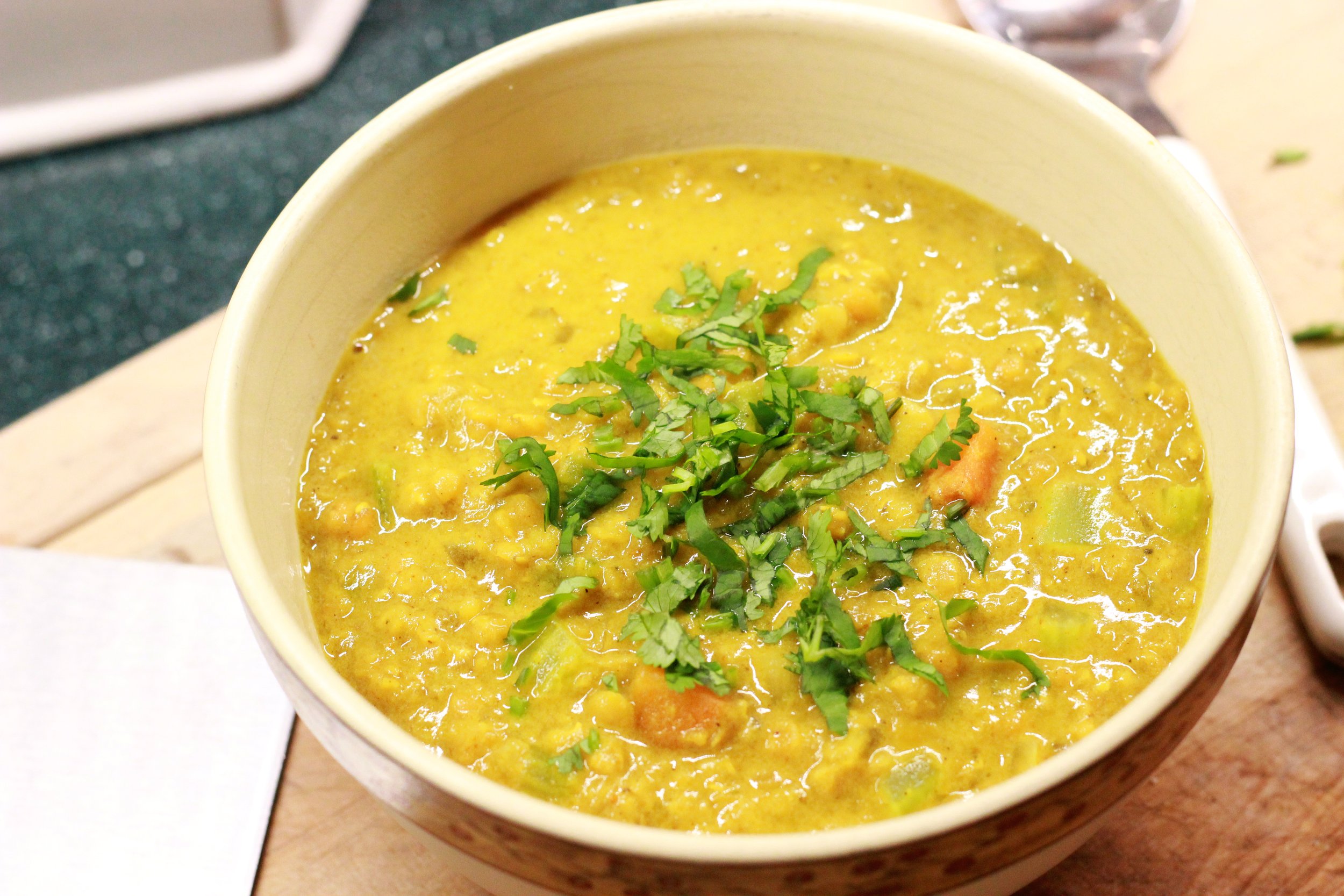Vegucate Yourself on How to Make a Balanced Vegetarian Meal
Are You Getting These Nutrients?
Whether you’re going all out with a plant-based diet or simply fancy dropping meat for a few days each week, increased energy levels, reduced fat intake, and a more balanced nutritional diet are all within reach if you get things right. Unfortunately, both because of ill information and long-held false beliefs, many of us first taking tentative steps into this world can fail to truly tap into these plus points.
After all, if you’ve never embraced a vegetarian or vegan diet before, it’s still easy to assume that salads and roast veg are all you have to look forward to. In reality, though, getting even a partial meat-free switch right requires you to get vegucated about the following nutritional considerations when it comes to planning your meals.
Read on for 3 tips to show you how to make a balanced vegetarian meal.
# 1 - Provide sources of Protein
Protein helps us to stay fuller for longer, as well as ensuring the healthy functioning of everything from our skin to our muscles. And, for most of us, protein is something that comes from meat. For vegetarians, protein alternatives are therefore a must. The many meat alternatives now on the market aim to fill this void. These alternatives are ok in moderation but they generally have high salt content. Note that these are still processed foods so that means that vegetarian meal plans should include unrefined sources of protein. Some examples are veggie packed tofu stir-fries, a lentil soup that's so filling it would keep anyone going all afternoon, and even extra additions like hemp and chia seeds. Unlike basic salads that are largely water-based, these protein sources increase the chance of satisfying, complete vegetarian meals at all times.
This is one of my favorites, a Sweet Curry Lentil Soup, packed with flavor and protein!
Sweet Curry Lentil Soup
# 2 - Insist on Iron
Iron plays a crucial role in the production of healthy red blood cell. Many of us ensure our iron intakes with meat. Luckily, many of the protein-based vegetarian alternatives discussed also offer a fair dose of iron. Options like tofu, in particular, are typically iron-rich. Equally, foods like beans and broccoli are famously rich in iron, while eating iron-fortified cereals guarantees a much-needed boost. Making sure to eat plenty of foods like oranges, that are rich in vitamin C . The addition of vitamin C when eating iron rich foods helps your body to absorb even small amounts of iron.
This Avocado Bean Dip is a great vegetarian snack that is high in iron from the beans. (This dip is also a hit with kids!)
# 3 - Cater for Calcium
With vegan diet, it’s also important to consider sources of calcium in the majority of meals that you consume. This is crucial for ensuring your bones remain strong and resilient. Increasing your calcium intake is best achieved through ingredients like soybeans, almonds, and leafy greens such as kale. Many vegan milk products are also calcium-fortified. This provides a much-needed boost to keep you going between meals, or if you feel that you’re struggling to get enough of these key ingredients into your diet.
For more info on calcium sources for vegan diets, check out this video:
https://www.youtube.com/embed/9vuykbate5g
Balance in a vegetarian diet is largely about education. Following these three tips will help you continue to get everything necessary to stay happy, healthy, and full!
Did you enjoy these 3 tips on how to make a balanced vegetarian meal? Which tip will you try today? Share it with me in the comments below!
Looking for more vegetarian meal inspiration? Check out these fan favorites:
A quick and easy 10 minute Detox Salad
Love nutrition guidance and easy recipes? Sign up for my email list to get more tips and meal ideas to your inbox!






